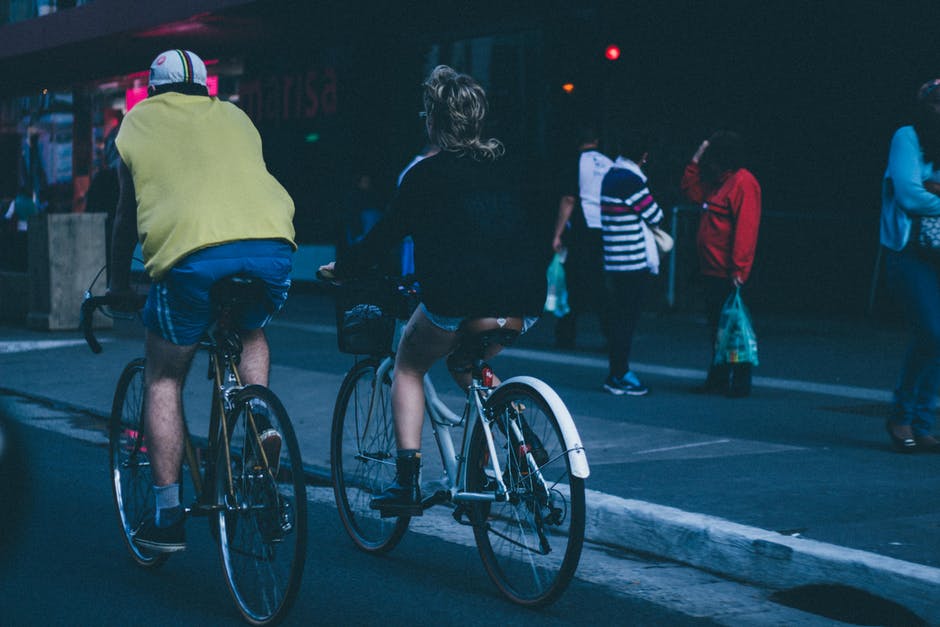Recent surveys suggest that 47 million Americans regularly used a bicycle in 2018, putting the number of cyclists in the US at an all-time high. The increased presence of cyclists on the road, particularly in urban areas, has led to a strong push for new guidelines in road safety, including technological improvements that can make the road safer for cyclists, drivers, and pedestrians. Advances in safety technology coincide with policy initiatives to protect cyclists and make roads across the U.S. more accessible for everyday use.
Technological Advancements
Bicycle technology is at the forefront of envisioning a future with safer, more accessible roads. In 2019, over 1,000 dockless bikes will be made available in London that use LaserLight technology to project a silhouette of the bicycle out to drivers, making cyclists more visible on the road at night and during times with limited visibility. Similar advances with LaserLight are being made across the U.S., where cycling communities use LaserLight via bluetooth connection. In the U.S., insurance companies also have a vested interested in keeping all parties safe on the road, as the rate of insurance premiums lower when cycling and passenger accidents are less likely to occur.
Share The Road
Last year, the UN unveiled its “Share the Road” initiative, a worldwide effort to improve safety for cyclists. A big portion of their initiative calls for a change to infrastructure to allow more bike paths and widers roads that can accommodate both cycling and automobile traffic, particularly in urban areas where many residents lack access to a car on their commute. One popular initiative recommends that drivers maintain a 3 foot distance between cyclists and their automobile, known as the “3-foot rule” among cycling interest groups.
Lobbying Groups
Some of the biggest policy changes for increased pedestrian and cycling safety come from lobby or interest groups, which have particular sway in influencing state-level policy decisions. “Cycling advocacy” groups such as the Alliance for Biking and Walking, partner with the Center for Disease Control to boost safety measurements for cyclists and pedestrians on the road. Some safety initiatives are aimed at drivers, while others regulate cyclists, such as requiring the use of helmets or light reflectors for nighttime cycling.
Safety initiatives are constantly changing to keep up with America’s fast-paced demographic changes and technological advances. For cyclists, the arrival of new policy and technological initiatives means a safer future on the road: one that will protect both drivers and cyclists alike.
Related Posts












